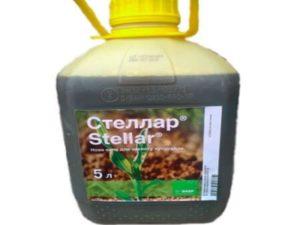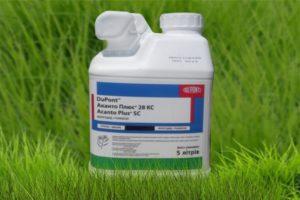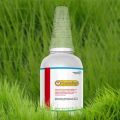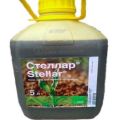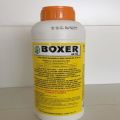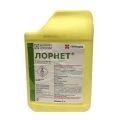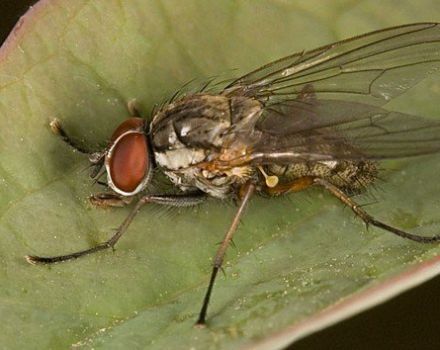Instructions for the use of herbicide Sickle, mechanism of action and consumption rates
Systemic herbicides, penetrating into the weeds, quickly stop the vegetation processes and lead the plants to death. They are used for chemical weeding of fields. The sickle is a postemergence herbicide intended for cleansing soybeans and peas from various types of weeds. Consider the features and rules for using a popular drug.
Content
- 1 Composition and release form of the drug Serp
- 2 The mechanism of action of the drug
- 3 Pros and cons of weed control
- 4 What crops are suitable and consumption rates for them
- 5 How to prepare a working mixture
- 6 Processing technology
- 7 Safety engineering
- 8 Drug toxicity
- 9 Compatibility with other pesticides
- 10 Storage period and conditions
- 11 Similar means
Composition and release form of the drug Serp
The basis of the drug is a herbicide of the imidazolinone class, produced since 1984. The active ingredient, imazethapir, is contained in a concentration of 100 grams per liter. The drug is a water-soluble concentrate. Packaged in cans of 5 and 10 liters.
The mechanism of action of the drug
Imazethapir is absorbed by the leaves and roots of sensitive plants and passes through the conductive system to the points of growth of weeds. The active substance inhibits protein biosynthesis and disrupts the processes of nucleic acid reconstruction.
As a result, all parts of the meristem are suppressed, within a few hours the growth of weeds stops.
Photosynthesis is not disturbed, so the weed vegetation still turns green, but does not grow and gradually dies.
Note: Sickle is classified as a highly selective drug - it is harmless to protected crops, adsorbed only by weeds. At significant concentrations and entering the soil, germination from seeds does not occur.

Pros and cons of weed control
Experts highlight the following advantages of using the herbicide Sickle:
- acts on weeds at different stages of growth - seedlings, vegetative plants;
- long period of protective action;
- allows spraying in different ways, is introduced into the soil and after germination, on growing weeds;
- the action applies to many types of weeds;
- quickly absorbed, which allows the application of the herbicide in rainy seasons.
Of the shortcomings of Serpa, the following are noted:
- the cultivation of the sown area is allowed once every 3 years;
- restrictions on crop rotation - from 4 months - for winter wheat, up to 26 months - for vegetable crops, rapeseed.
After 2 years, it is allowed to sow any crops on the treated fields without restrictions.
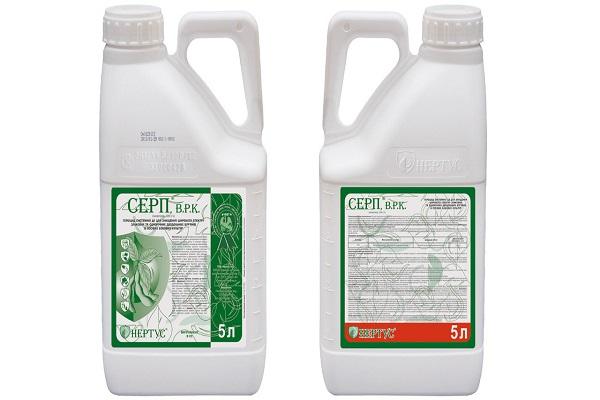
What crops are suitable and consumption rates for them
The drug is used against weeds in legumes. Grain and dicotyledonous weeds are sensitive to sickle. Application regulations:
| Culture | Sickle in liters per hectare |
| Soy | 0.5-0.8 |
| Peas, chickpeas | 0.5-0.75 |
For processing a hectare of crops, from 200 to 300 liters of the finished mixture are used.
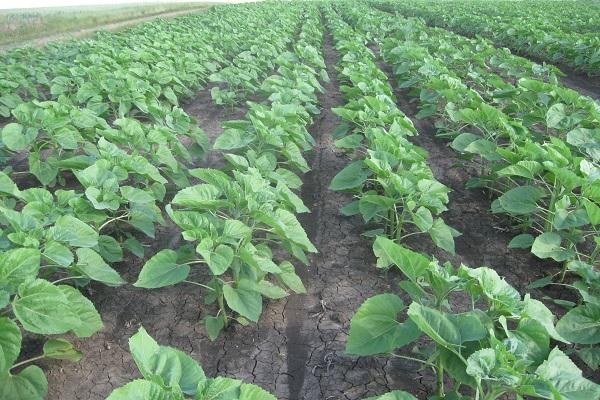
How to prepare a working mixture
The solution for spraying is prepared immediately before processing, on special concreted areas. The container is filled one third with water, the herbicide is poured in with constant stirring, after shaking the preparation in the container.
Add water. The hydraulic mixer works constantly and during spraying, so that the preparation does not settle, the mixture remains homogeneous.
Processing technology
The instruction prescribes the following rules to be followed when processing crops with the Sickle:
- Acceptable processing time - incorporation into the soil before sowing (depth - up to 6 centimeters), immediately after sowing, before germination, at the initial stages of weed growth.
- Temperature norms - 10-25 ° (ideally above 15 °).
- Absence of unfavorable conditions for protected crops - drought, pest damage, cold snap.
- The best time for processing: for legumes - 2-3 leaves, for weeds - up to 4 leaves. If the soil is moistened during these periods, the temperature is favorable, the amount of herbicide can be reduced by 25-50%.
The drug is applied only 1 time. The action of the herbicide is enhanced by constant moderate moisture in the soil. In case of heavy precipitation, the drug is washed out into the lower layers of the earth, without exerting the necessary effect.

Safety engineering
Safety rules include:
- preparation of the solution and spraying in special suits;
- the working mixture is bred on prepared sites;
- sprayed by ground method;
- not used near water bodies.
Also, the herbicide is not intended for use in private households, in summer cottages.
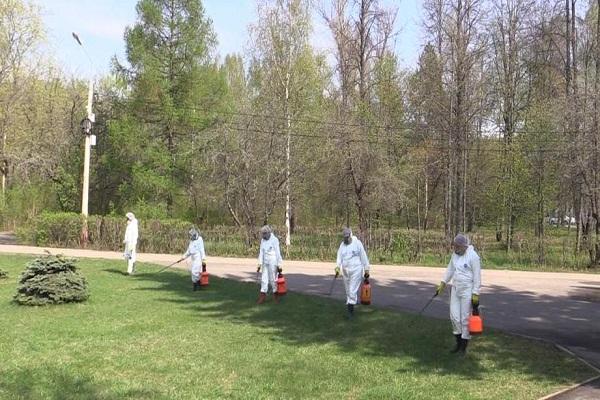
Drug toxicity
The herbicide belongs to the 3rd class of hazardous substances, that is, it is moderately hazardous. You cannot use the green part for livestock feed earlier than 45 days after the introduction of the Sickle.
The next year it is recommended to plant cereals or corn on the fields treated with herbicide, any crops - after 2 years. You can reuse the Sickle on the field after 3 years.
Compatibility with other pesticides
Sickle is not used with graminicide-based drugs. During the season, treatments with herbicides containing sulfonylureas and other imidazolinones are not recommended.
If the weeds have become callous, overgrown, the action of the Sickle should be enhanced with adjuvants or mineral oil.
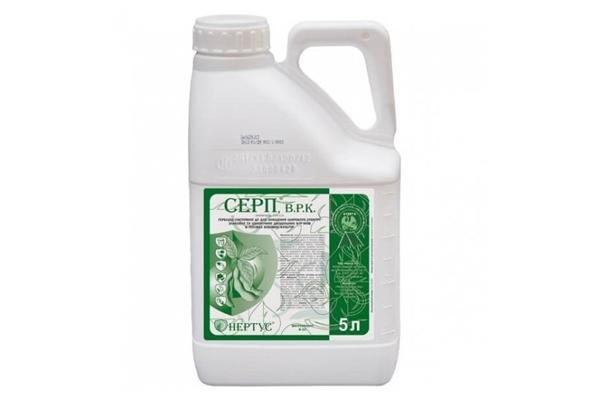
Storage period and conditions
For storage of the herbicide, auxiliary rooms for chemicals are used. Shelf life - 2 years in undamaged packaging, storage temperature - from -5 ° to +30 °.
Similar means
Analogs containing imazethapyr are the following drugs:
- Viaduct;
- Vidblok Plus is a two-component herbicide;
- Golf;
- For Soy;
- Pivot;
- Tactician.
These herbicides are used to protect legumes, they are economical and not harmful to animals and bees.

The correct use of herbicides does not harm the soil and crops, and allows you to get an excellent harvest. Sickle is alternated with preparations containing other active substances in order to avoid manifestations of resistance in legumes, to create reliable protection against the ubiquitous weeds.
